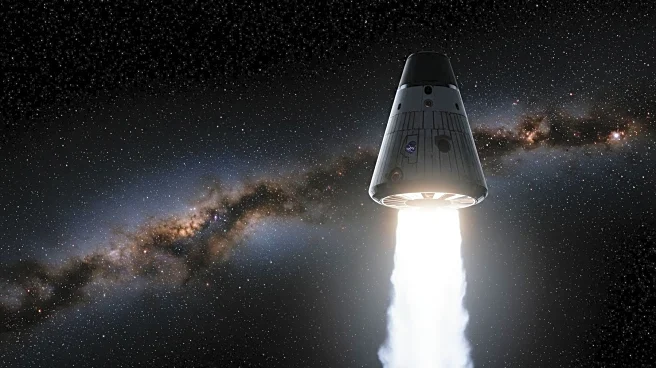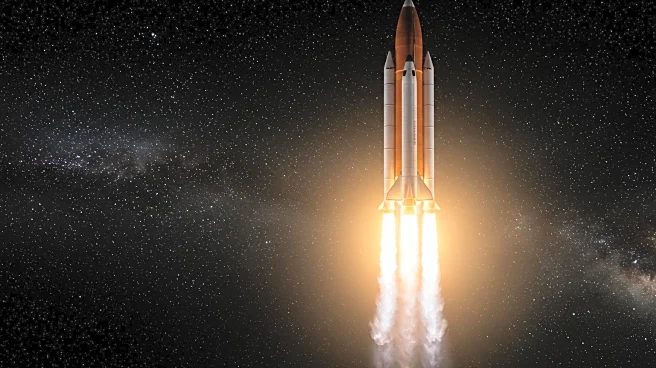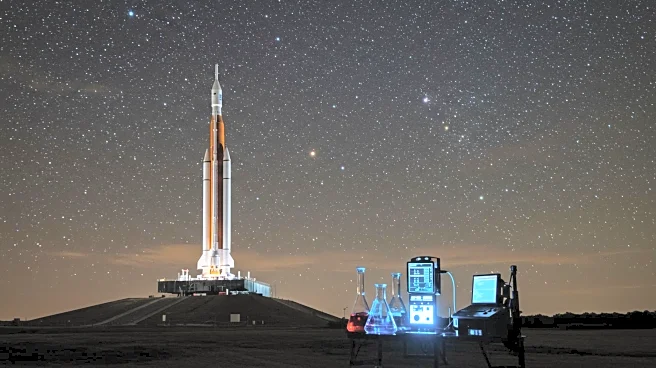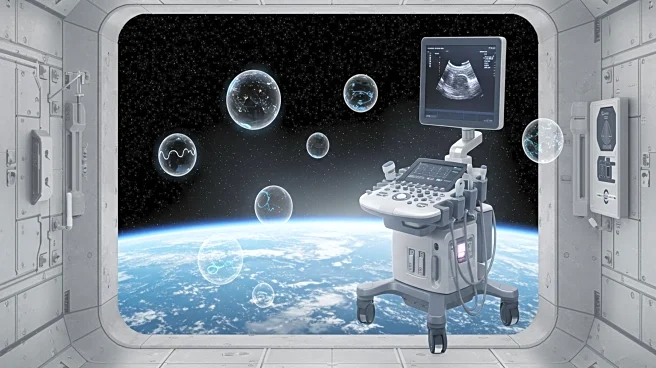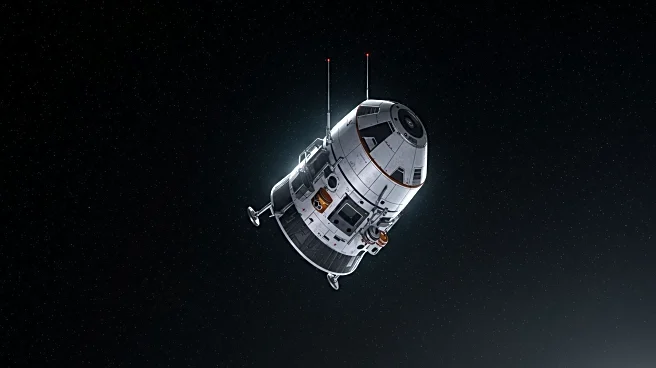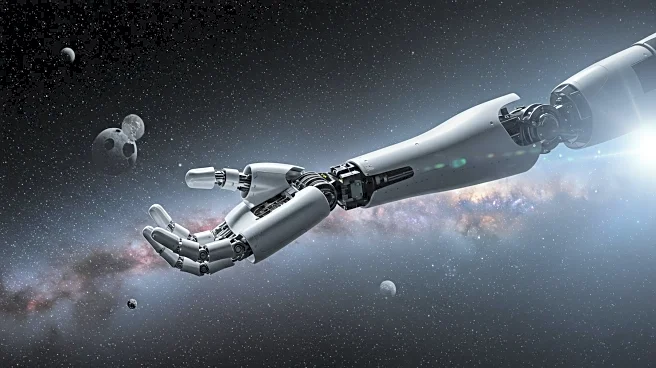Rapid Read • 8 min read
Blue Origin is preparing for its 35th New Shepard mission, scheduled for August 23. The mission, designated NS-35, will launch from Blue Origin’s Launch Site One in West Texas at 8:30 a.m. EDT. This uncrewed suborbital flight will carry the company's 200th payload, featuring a range of experiments and research projects developed by students, educators, and university teams. The mission will utilize the 'RSS H.G. Wells' capsule, designed exclusively for payloads, and both the booster and capsule are expected to return safely to Earth. Among the 24 payloads are contributions from NASA and the Future Engineers’ TechRise Student Challenge, focusing on plant cultivation in microgravity and medical research. Additional experiments include a Teledyne project assessing a spacecraft fuel cell system for future lunar and Martian missions. The mission will also carry postcards for Blue Origin's non-profit, 'Club For the Future,' which will be returned to participants after the flight.
AD
This mission underscores Blue Origin's commitment to advancing scientific research and education through space exploration. By facilitating experiments from various educational and research institutions, the mission supports the development of new technologies and scientific understanding. The involvement of students and educators highlights the company's focus on inspiring the next generation of scientists and engineers. The mission's success could enhance Blue Origin's reputation in the commercial spaceflight industry, potentially leading to more collaborations and opportunities for scientific advancements. The experiments conducted could have significant implications for future space missions, particularly those aimed at lunar and Martian exploration.
Following the NS-35 mission, Blue Origin is likely to continue its focus on educational and scientific payloads, potentially expanding its partnerships with educational institutions and research organizations. The data collected from the experiments could lead to further research and development in space technology and exploration. The success of this mission may also influence future policy and funding decisions related to commercial spaceflight and educational initiatives in space science. Stakeholders, including NASA and educational institutions, may look to build on the findings from this mission to enhance their own research and development efforts.
AD
More Stories You Might Enjoy
